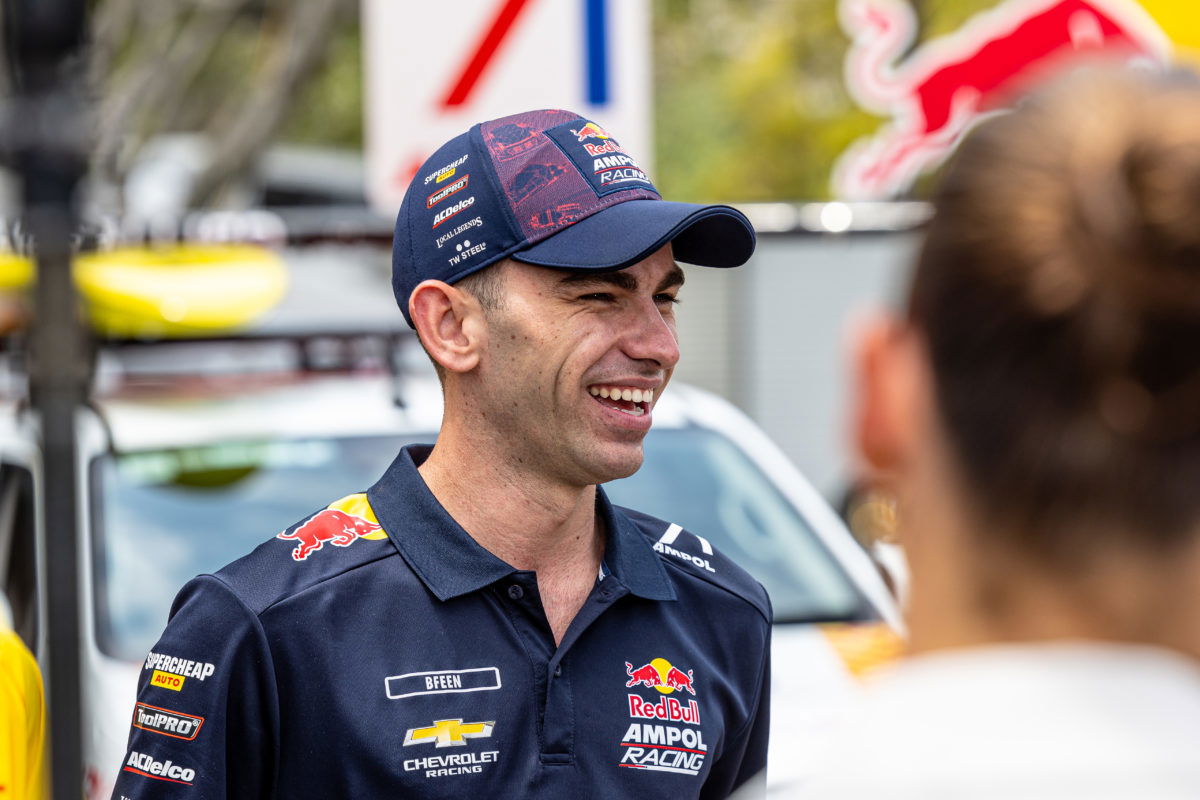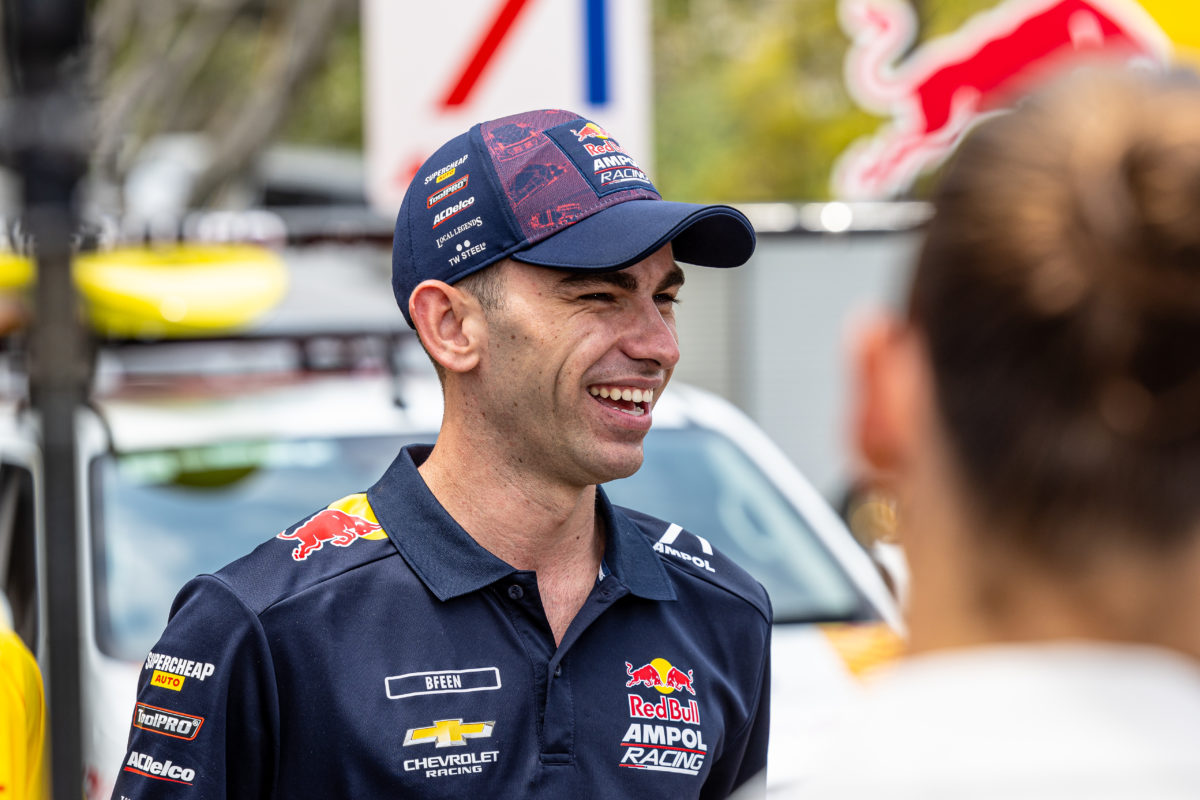

Broc Feeney believes the Full Course Yellow (FCY) which is set to be trialled today at the Boost Mobile Gold Coast 500 could be a positive move for Supercars.
A Virtual Safety Car by another name, the FCY will be trialled this morning and then after each of the day’s two practice sessions with a view to introducing it to the Operations Manual in 2024.
At Surfers Paradise, waved yellow flags and ‘FCY’ boards will be displayed, from which time drivers have 15 seconds to reduce speed to 80km/h or less and active a Safety Car speed limiter.
The benefits are multiple, including that there will be no (legal) scope for using the yellows as ‘catch-up flags’, and because the FCY can be used for minor incidents without disrupting the race significantly.
Feeney has experience with the system given Triple Eight Race Engineering deploys him as part of its GT World Challenge programme, and thinks it is an idea worth exploring.
“I’ve been running that exact same system in Asian GT this year, so I’m pretty familiar with how it works and everything,” he told Speedcafe.
“I suppose the only difference over there is that the [mandatory] pit window is only 10 minutes, so everyone sort of comes in at the same time.
“Look, it works well; I think there’s certainly benefits of it. I suppose the cons is, racing-wise, you will just wait ‘til there’s a virtual safety car and pit because it’s such a big gain.
“If they could find a way around that, I think it’s a great thing.
“It’s pretty wild at the moment when there’s a Safety Car and you’re still racing to pit lane, but I’ve used it before; the system works really well.
“We’ll see what it’s like [today]; I’m sure there’s still going to be some little hiccups here and there, but they’re obviously trying it for a reason.”
A further implication of the FCY is that the opportunity to bunch up the field might be forgone, although whether that is a negative or not depends on how much weight one places on the spectacle versus sporting purity, among other considerations.
There is, though, scope to upgrade a FCY to a ‘traditional’ Safety Car period, during which drivers may be allowed to deactivate their limiters in order to catch the train.
Worth noting also is that bunching the field can give recovery crews more time to safely attend to an incident.
“I think the scope is, if it’s something minor, they’ll use [the FCY], but if it’s still a major one, they might use a virtual for a little bit and then bunch it up,” remarked Feeney.
“Look, I think you still want to bunch it up, for sure, but I think maybe if a mirror has fallen off and it’s on the apex, you probably don’t want to pull a full Safety Car out.
“So, that’s the pros and cons of it, and that’s yet for them to find out.”
Supercars has tried a FCY-style system already this year, at Hidden Valley.
On that occasion, it was Feeney’s Red Bull Ampol Racing team-mate Shane van Gisbergen who was the guinea pig, and his #97 Camaro got stuck at the 120km/h limit which was used at the time.
“I asked not to be in it because, last time they did that with my car, I got plugged at a speed limiter at 120 at Darwin; hopefully it doesn’t stuff everyone’s car,” he laughed.
“I don’t know, I guess it just comes down to avoiding stacking; they’re trying to avoid stalking in some ways.”
That, too, would be a benefit of the FCY given pit lane would remain open under such conditions, because cars would maintain relative position while travelling at lower speed and hence reach the lane with bigger time splits between them.
The first FCY ‘Procedure Test’ will take place with selected cars at 08:45 local time/09:45 AEST, and the other two after each practice session, the first of which runs from 11:30-12:00 local time.




















